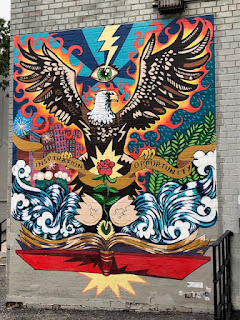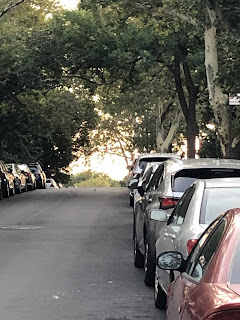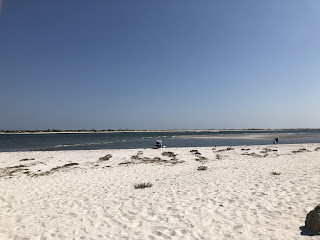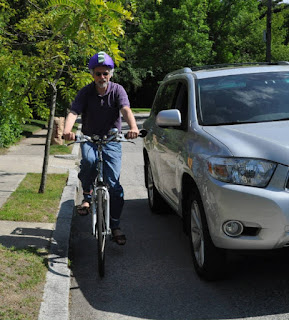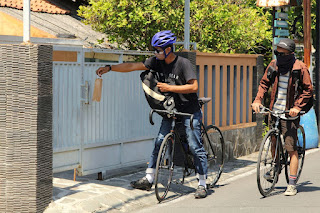An unfortunate fact of our lives is that we don’t have to wait very long or look very far to hear or read about a cyclist injured or killed by a motorist.
An online article from the Tampa Bay Times, however, grabbed my attention because its headline began with these two words: “Impaired Driver.”
Brian Thomas was driving a 2017 Mitsubishi Outlander southbound along Seminole Drive. Around 11:3O pm on Saturday, Nole Karcher was walking his bicycle across the Drive.
Shortly afterwards, Karcher was declared dead at the scene and Thomas was in custody.
Though there was no evidence of alcohol, Thomas failed some sobriety exercises and refused to take others, according to the Pinellas County Sheriff’s Office. That led to deputies searching and finding several pills including clonezpam, a tranquilizer used to treat anxiety and seizures.
Clonezpam is a controlled substance and Thomas did not produce a prescription. So, in addition to a charge of causing death while driving under the influence, he is facing charges of illegal possession. Oh, and according to the Sheriff’s Office, speed was also “a factor” in the crash.
While reading the account, I started to wonder: In how many incidents of motorists running down cyclists is driver impairments the, or a, major factor? I suspect the number, or at least the percentage, is high.




